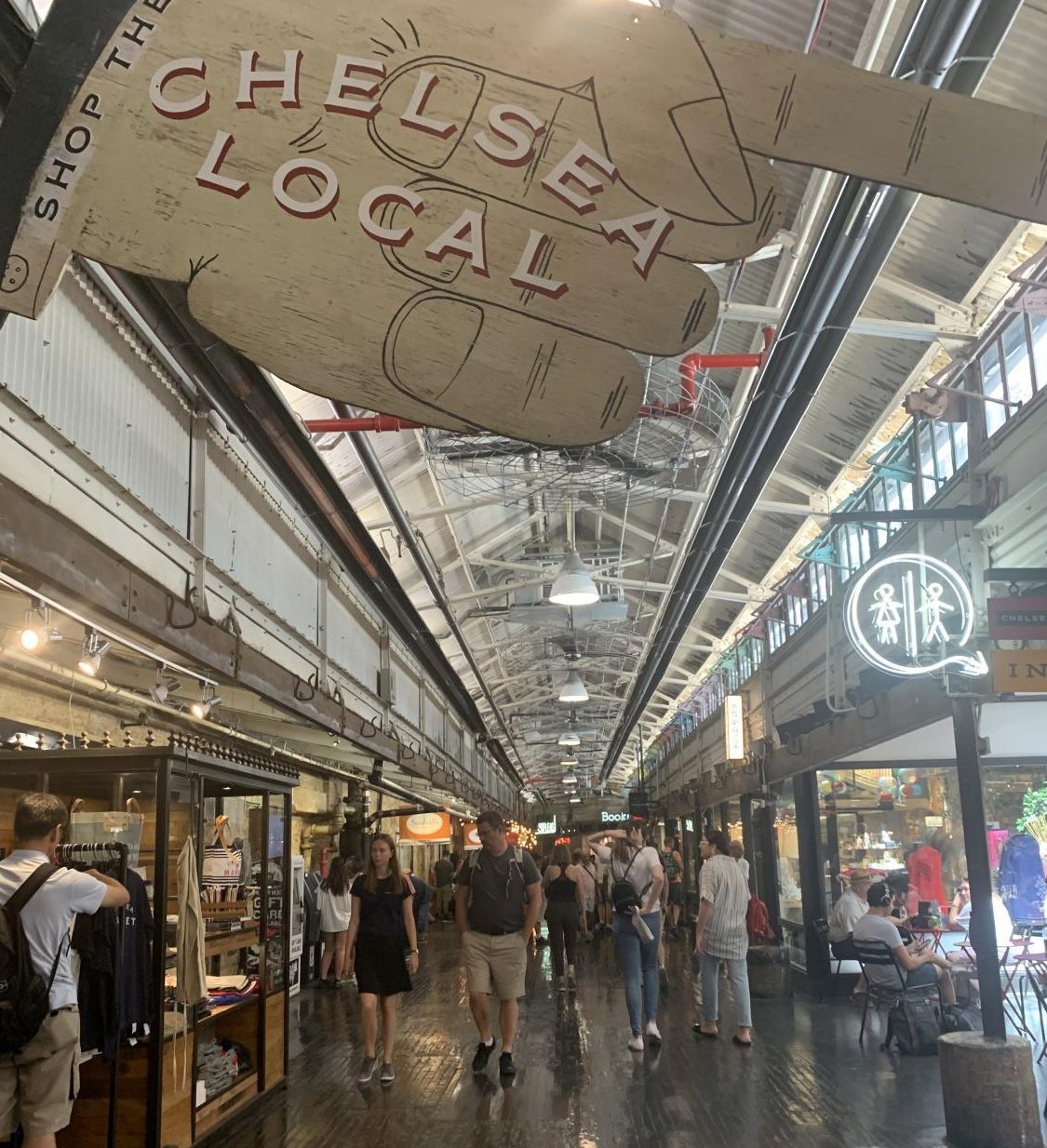
It is that time of the year again: sale banners are plastered on windows, hundreds of promotion emails are flooding my inbox and friends are comparing shopping lists and deals.
I’m ready for the holiday shopping season to start. My journal holds a growing shopping list of boots, turtlenecks, makeup, you name it, as I impatiently wait for once a year discounts. I’m definitely not alone; data shows that Black Friday is the busiest shopping day of the year, and a total of 6.2 billion dollars (that’s eight million iPhone 11s!) was spent online during the annual consumer ritual in 2018.
But why? Why, during Thanksgiving break, when we can relax in bed, do we choose to sit in front of screens or march to malls, waiting to spend (or overspend)? Why do we enjoy and even anticipate the stress of the wild shopping day every year without fail?
A simple answer is dopamine, the neurochemical that gives us pleasure and satisfaction. It is said that shopping stimulates our rewards system, specifically our nucleus accumbens, to release dopamine. This results in a pleasant feeling while shutting down other brain regions involving rational thinking.
Based on this process, other factors affecting our excitement for Black Friday can be easily explained. A common one is anticipation. Ever wondered why you feel even more thrilled when your Lululemon leggings arrive in the mail compared to directly buying them in a store? Anticipation is the why: the release of dopamine in our brain starts when the first advertisement arrives in your email inbox. From then on, anticipation builds until you finally pay, and until your purchased package arrives in your Rand mailbox, bringing even more satisfaction.
Scarcity and the Fear of Missing Out (FOMO) are two other significant factors behind the Black Friday craze. Words such as “sale” or “clearance” tend to create a sense of scarcity of products, since someone else might buy them before you do. Your brain goes into “now or never” mode, and along with the knowledge that you’re competing with others, it is likely to cause impulsive buying.
Now add in the influence of our senses, which is most apparent during Christmas. Colors, music and scents are more than mere sensations; they’re associated with emotions, meaning and memory in our brains. For example, the color red increases our tendency to spend. Studies showed that men gave 14 percent to 26 percent more tips when waitresses wear red, a classic Christmas color. Christmas music such as “Let it Snow” gives people feelings of nostalgia, which brings people back to a more positive time and boosts our moods, encouraging us to purchase items. As for scent, the smell of pine, a Christmas shop essential, can eliminate stress and evoke feelings of happiness. Other scents associated with positive emotions are used by retailers to subtly help your brain form positive connections between the smells and their products.
Retailers know these tricks all too well. While it’s valid to feel excited about Black Friday, falling into retailers’ traps and buying beyond an appropriate amount is problematic. Here are some tips to arm yourself against temptations from greedy retailers.
First, I would recommend making a list. It helps you focus on things you’re looking for instead of the deals. On the big day, keep in mind the effects of the psychological tricks retailers use. Don’t let the flashy “sale” banners affect your ability to compare prices. In addition, pay with cash. Handing over cash causes uneasiness and the sense of loss might be what you need to stay clear-minded. Finally, if you sense that you’re feeling over-excited, take a rest. A 30 minute break will have you scrutinizing your shopping cart wearily, grateful that you didn’t waste money on that extra mug you don’t need.
So, now that we have gone through all the Psychology behind Black Friday and Holiday shopping, let’s talk about the good deals you’re eyeing, shall we?






